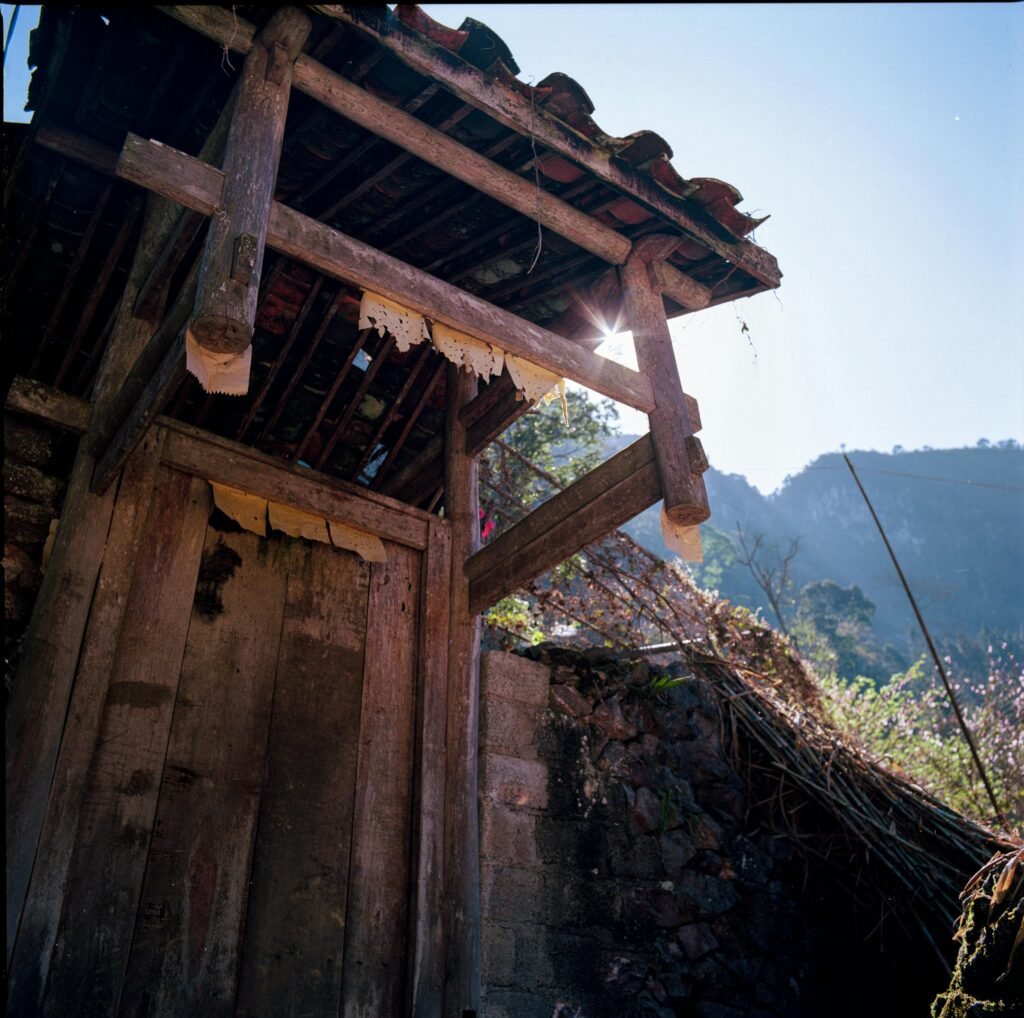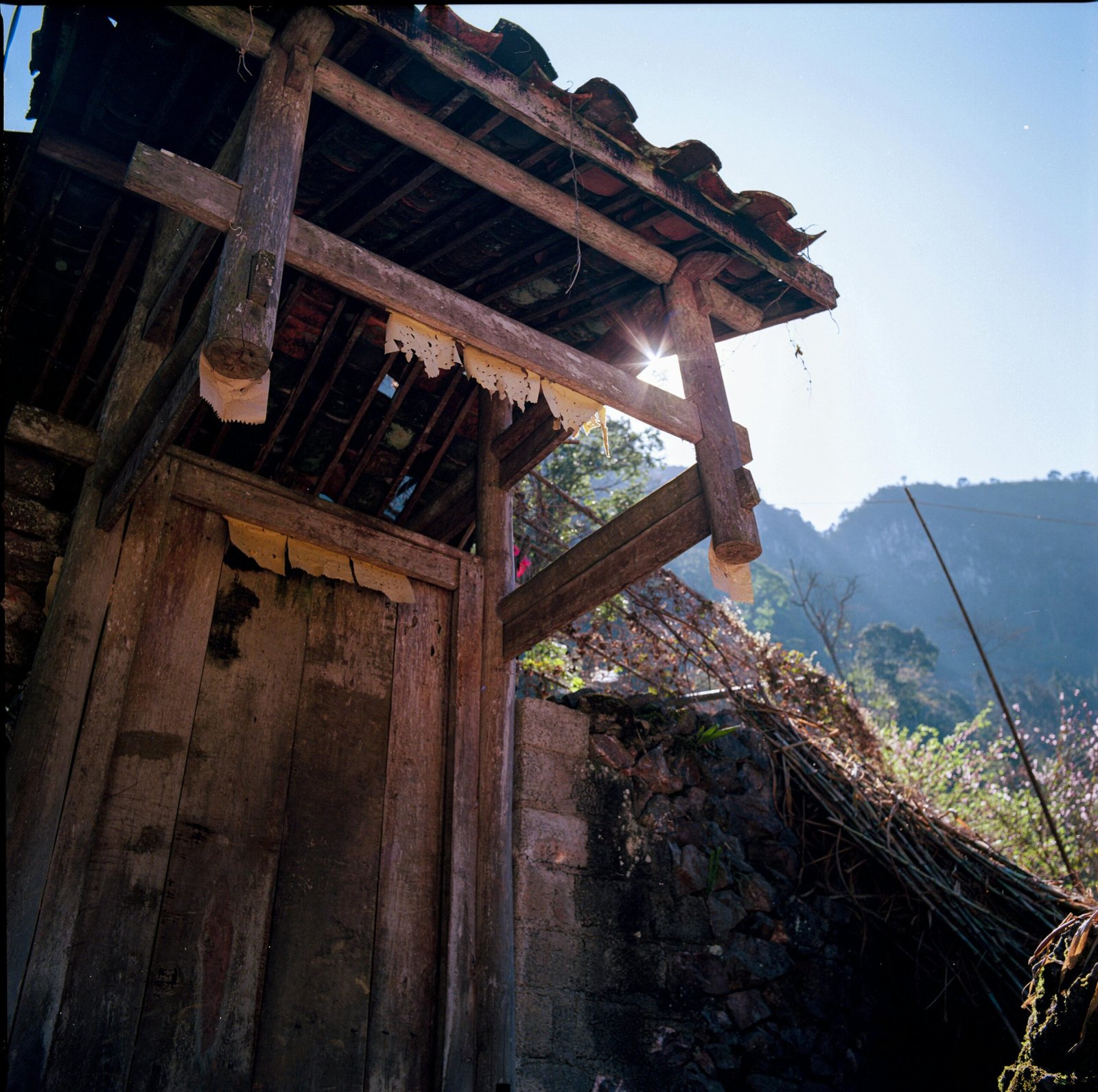In this article, you will delve into the world of crate making and gain a comprehensive understanding of the various wood options available for this craft. From hardwood to softwood, each type of wood brings its own unique characteristics and qualities to the table. Whether you’re a seasoned crate maker or just starting out, this article will provide you with valuable insights into choosing the right wood for your projects. So grab a cup of tea and let’s explore the wonderful world of crate making together!
Understanding the Various Wood Options for Crate Making
When it comes to crate making, choosing the right type of wood is essential to ensure the strength, durability, and functionality of the crate. There are several different types of wood to consider, each with its own unique properties and characteristics. In this article, we will explore the different types of wood used in crate making and discuss their properties and suitability for various applications.
Softwoods
Softwoods, as the name suggests, come from coniferous trees and are known for their lighter weight and affordability. They are widely available and popular for crate making due to their abundance and ease of working. Here are three commonly used softwoods in crate making:
Pine
Pine is a versatile softwood known for its light color and straight grain. It is easy to work with and offers good dimensional stability. Pine is an excellent choice for shipping crates as it is affordable, readily available, and offers decent strength and durability.
Cedar
Cedar is another popular softwood choice for crate making. It is known for its natural resistance to moisture, insects, and decay. Cedar crates are ideal for outdoor use as they can withstand the elements without rotting or warping. Additionally, cedar has a pleasant aroma that can help repel insects, making it a great choice for crates storing items susceptible to bug damage.
Spruce
Spruce is a softwood that offers excellent strength-to-weight ratio. It is lightweight yet strong, making it suitable for crates that need to withstand heavy loads. Spruce is also easy to work with and provides good dimensional stability. It is commonly used for packaging fragile items or products that require lightweight yet strong protection.
Fir
Fir is a softwood known for its natural beauty and pale color. It has a straight grain and is relatively easy to work with. Fir offers decent strength and durability, making it suitable for general-purpose crates. It is often chosen for decorative crates due to its attractive appearance.

This image is property of images.pexels.com.
Hardwoods
Hardwoods are derived from deciduous trees and are known for their strength, durability, and resistance to wear and tear. They are often favored for their attractive appearance and long-lasting nature. Here are some commonly used hardwoods in crate making:
Oak
Oak is a hardwood that is highly regarded for its strength and durability. It is a dense wood with a prominent grain pattern that adds character to any crate. Oak crates are suitable for heavy items as they provide excellent structural integrity and resistance to wear and tear.
Ash
Ash is a hardwood that offers similar properties to oak but is slightly lighter in weight. It is known for its attractive light color and straight grain. Ash crates are favored for their strength, durability, and resistance to shock and impact. They are commonly used for storing heavy items or those that require extra protection.
Maple
Maple is a hardwood that is valued for its durability and attractive appearance. It is a dense wood with a close grain that gives it a smooth, polished look. Maple crates are suitable for long-term use as they withstand heavy loads and resist scratching and marring.
Birch
Birch is a hardwood known for its light color and fine grain. It is a strong and durable wood that offers good dimensional stability. Birch crates are commonly used for shipping delicate or fragile items, as their strength and stability provide maximum protection.
Cherry
Cherry is a hardwood known for its natural reddish-brown color and beautiful grain patterns. It is a durable wood that ages gracefully and develops a rich patina over time. Cherry crates are often chosen for their attractive appearance and suitability for decorative purposes.
Exotic Woods
Exotic woods, as the name suggests, come from trees found in exotic locations and are known for their unique characteristics. These woods are highly sought after for their distinct grain patterns, rich colors, and high density. Here are some commonly used exotic woods in crate making:
Mahogany
Mahogany is an exotic hardwood that is prized for its unique grain patterns and reddish-brown color. It is a dense and durable wood that offers excellent dimensional stability. Mahogany crates are favored for their luxurious appearance and are often used for decorative purposes.
Teak
Teak is an exotic hardwood known for its natural resistance to decay, insect infestation, and moisture. It is a dense wood with a rich golden-brown color and a straight grain. Teak crates are highly durable and suitable for outdoor use, making them ideal for crates that need to withstand harsh weather conditions.
Ebony
Ebony is an exotic hardwood that is highly valued for its deep black color and fine texture. It is a dense and heavy wood that offers excellent strength and durability. Ebony crates are often chosen for their luxurious appearance and are commonly used for storing high-end or valuable items.
Rosewood
Rosewood is an exotic hardwood known for its distinct grain patterns and reddish-brown color. It is a dense and durable wood that offers excellent dimensional stability. Rosewood crates are often selected for their unique aesthetics and are favored for decorative purposes.

This image is property of images.pexels.com.
Engineered Woods
Engineered woods are man-made materials that are designed to mimic the properties and appearance of natural wood. These woods are created by binding together layers of wood veneers or wood fibers with adhesives. Here are some commonly used engineered woods in crate making:
Plywood
Plywood is an engineered wood made by gluing together multiple layers of thin wood veneers. It offers excellent strength, stability, and resistance to warping. Plywood crates are versatile and can be used for various applications. They are commonly chosen for their affordability and ease of working.
MDF (Medium-Density Fiberboard)
MDF is an engineered wood made by compressing wood fibers with resin under high pressure and temperature. It has a smooth and uniform surface, making it ideal for painting or laminating. MDF crates are highly stable and are suitable for crates requiring a smooth finish or intricate designs.
Particleboard
Particleboard is an engineered wood made by binding wood particles together with glue and compressing them into panels. It is a cost-effective option for crate making, offering good dimensional stability and strength. Particleboard crates are commonly used for less demanding applications where cost is a primary concern.
Factors to Consider when Choosing Wood for Crates
When selecting wood for crate making, there are several factors to consider to ensure the suitability of the wood for the intended use. Here are some key factors to keep in mind:
Strength
The strength of the wood is crucial, especially if the crate needs to support heavy items or endure rough handling. Hardwoods such as oak and ash offer excellent strength, while some softwoods like spruce also provide good load-bearing capacity.
Durability
If the crate will be exposed to outdoor elements or harsh conditions, durability becomes a critical factor. Woods like cedar and teak are known for their natural resistance to moisture, insects, and decay, making them suitable for outdoor use.
Weight
The weight of the wood is an important consideration, especially if the crate needs to be lightweight for transportation purposes. Softwoods like pine and spruce are lightweight and ideal for crates that need to be portable.
Availability
Consider the availability of the wood in your area to ensure a consistent supply for the required amount of crates. Softwoods like pine and spruce are readily available, while some hardwoods like mahogany or rosewood may be more challenging to source.
Budget
Your budget will also play a role in determining the type of wood you can afford for crate making. Softwoods are generally more affordable compared to hardwoods, while engineered woods offer cost-effective alternatives.
Aesthetics
If the crate will be on display or used for decorative purposes, consider the wood’s appearance and grain pattern. Hardwoods like cherry and exotic woods like mahogany offer unique aesthetics that can enhance the overall look of the crate.

This image is property of images.pexels.com.
Best Wood Options for Different Crate Uses
Now that we have explored the different types of wood and their properties, let’s discuss some of the best wood options for specific crate uses:
Fragile Items: Plywood
Plywood is an excellent choice for crates used to transport fragile items. Its strength, stability, and affordability ensure that delicate items are well protected during transportation.
Heavy Items: Oak
When it comes to crates for heavy items, oak is the go-to choice. Its strength and durability make it ideal for crates that need to bear heavy loads.
Outdoor Use: Cedar
Cedar is the perfect choice for outdoor crates. Its natural resistance to moisture, insects, and decay ensures that the crate can withstand the elements without compromising its integrity.
Decorative Crates: Mahogany
For decorative crates that require a touch of elegance, mahogany is an excellent choice. Its unique grain patterns and luxurious appearance make for stunning decorative pieces.
Shipping Crates: Pine
For general-purpose shipping crates, pine is a reliable and cost-effective option. Its affordability, availability, and decent strength make it a popular choice for various applications.
In conclusion, when it comes to crate making, choosing the right type of wood is crucial for ensuring the strength, durability, and functionality of the crate. Softwoods like pine and cedar offer affordability and ease of working, while hardwoods like oak and cherry provide strength, durability, and attractive appearance. Exotic woods like mahogany and teak offer unique aesthetics and high density, while engineered woods like plywood and MDF offer versatility and cost-effectiveness. Consider factors such as strength, durability, weight, availability, budget, and aesthetics when selecting the wood for your crates. By understanding the properties of different woods and considering their suitability for specific crate uses, you can create crates that meet your needs effectively.
